7 museums you must visit in Kunming
2015-10-14
By Adam Yang who lives in Kunming City of Yunnan Province in SW China and works as an English travel writer.
The article is also posted at the website www.chinakunming.travel
Among the dozens of museums in the city of Kunming (China), these seven museums are what deserve to visit as part of Kunming experience as they display the quintessence of the history and culture.
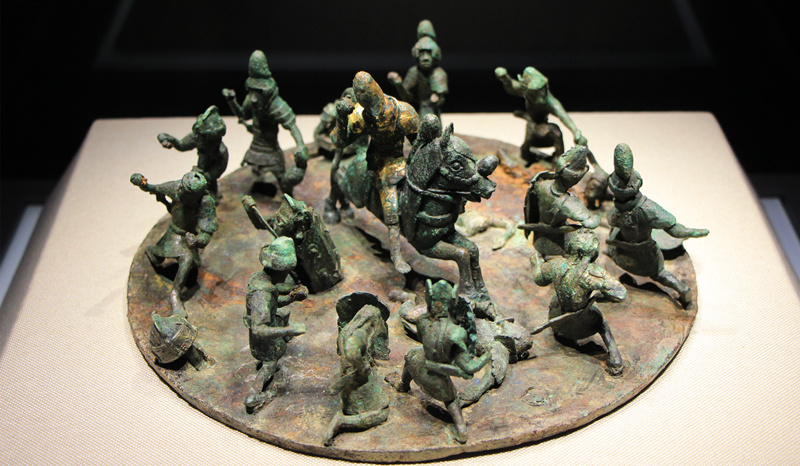
The former one in the downtown has been already closed and the new one was opened in near Guandu Old Town on 18 May 2015. It is a magnificent building which is specifically designed to house and display, in a unique setting, the province’s rare and ancient cultural artefacts. The museum is much more than the usual random collection of objects and for this reason is a significant addition to the Kunming’s reputation as the principal venue for cultural exchange between Yunnan and the rest of the world.
The 10-hectare museum consists of six basic exhibitions and four theme exhibitions including porcelains, ancient paintings and contemporary artworks among which are many rare and priceless items on display for the first time.

Dedicated to the ethnic culture of Yunnan province, the museum is the largest of its kind in Southeast Asia, housing and exhibiting a comprehensive collection of Yunnan ethnic communities’ historic and cultural artifacts.

The museum covering an area of 20,000 square meters is a local comprehensive museum. One of the major reasons for constructing the museum is the Buddhist Sutra Stone which was sculpted during the Dali Kingdom (938-1253) period in the Song Dynasty (960-1279). Other theme exhibition halls include the Flying Tigers Memorial Hall and Bronze Culture Hall and so on.
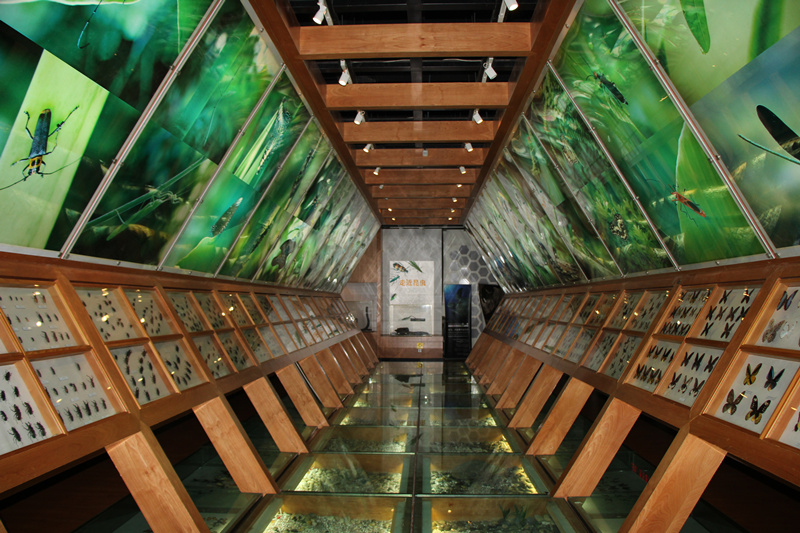
Yunnan is referred to as "The Kingdom of Animals", and in its capital city Kunming, why not have a look in the Zoology Museum which curates the largest exhibition of its kind in Southwest China?
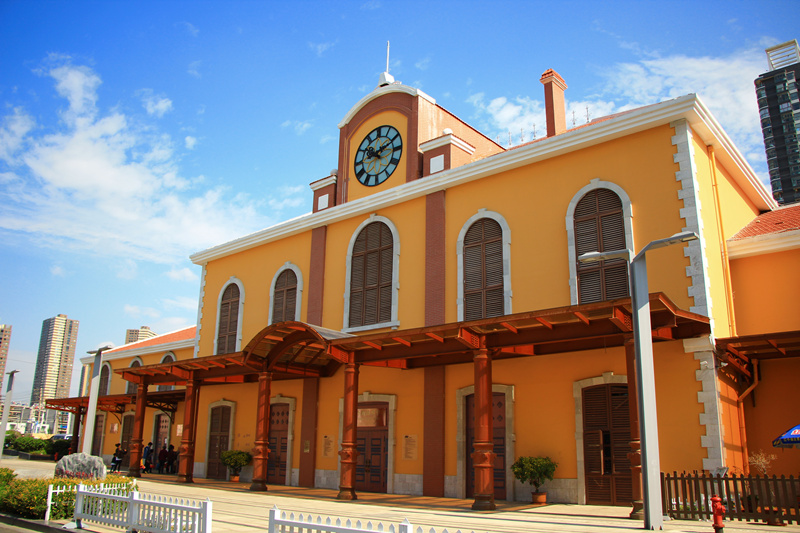
To some extent, the museum is dedicated to the Yunnan-Vietnam (Kunming-Hanoi) Railway which was constructed in the early 20th century.
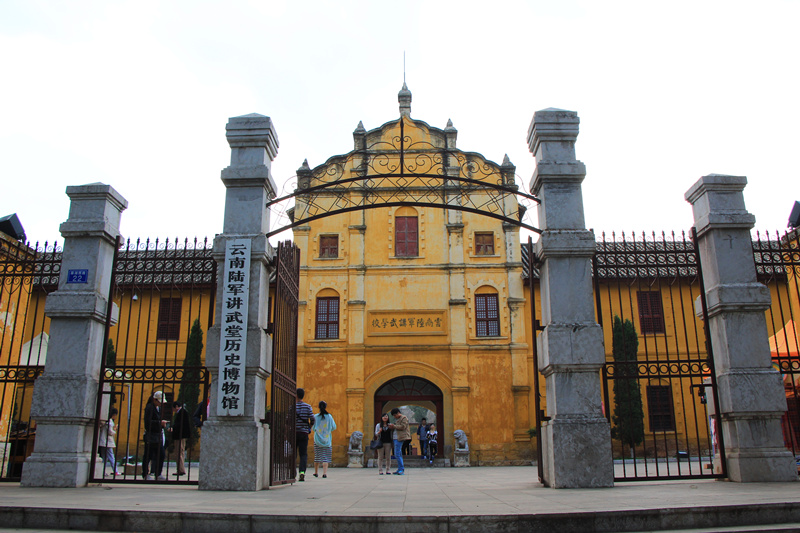
The museum is namely the former site of Yunnan Military School which is one of the earliest military schools in China established during the Qing Dynasty (1644-1911) to train modern officers and is of significant historic interest.
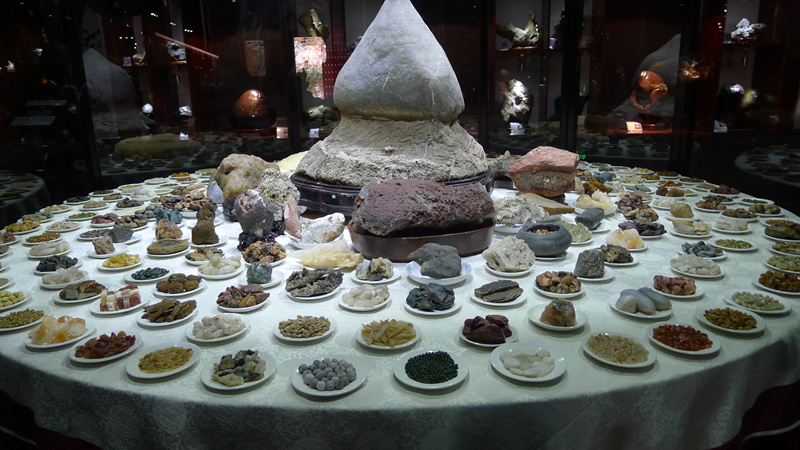
The museum is based on 7 galleries, which reflect the evolution of Karst geological landforms, development history of the Earth and so on. It is typically suitable for visitors to the Stone Forest.







Comment